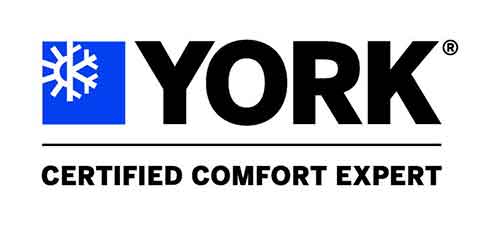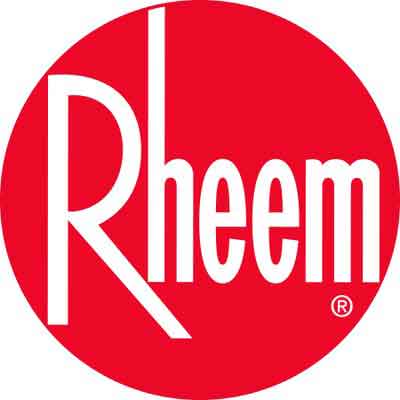January 21, 2021
Depending upon the indoor air quality observations, indicators can be physical, chemical, biological, and ecological.
Tampa, FL — In recent years, the science of indoor air quality (IAQ) has grown a hundred-fold. The findings of this science have been successfully applied to address issues related to hygiene and health in day-to-day life. Air is an essential environmental commodity. One can go several days without food, a few days without water, but rarely a few minutes without air. This signifies the importance of air; however, we often ignore the quality of air in comparison to that of food and water. There are certain indicators in general, such as tests, appearances, spoilage, storage conditions, etc. which lead to the understanding of the quality of food or water, but these factors are not necessarily effective in assessing air quality.
There are some common contaminants that are responsible for ruining food, water, and air. These contaminants may be a-biogenic and/or biogenic in nature. Out of these, microbiological contaminants such as bacteria and fungi (mold) are very important as they may be linked adversely to health and hygiene. It is essential to have knowledge on the indicating factors for these contaminants in order to have successful management of elements responsible for air quality.
Indoor air quality is mainly assessed by testing environment-collected samples. Most of the air samples tested by laboratories are collected by utilizing passive mechanisms. In the absence of an industry-standard, type of samples, number of samples, analytes, and analytical preferences greatly depend on the experience and expertise of the evaluator. So it becomes obvious that one might wonder what indicators are involved in air quality practice for determining sampling, testing, etc. Information gathered by day-to-day observation in and around the surroundings of closed environments can be used as indicators to perceive indoor air quality.
Depending upon the indoor air quality observations, indicators can be physical, chemical, biological, and ecological.
- Physical: The evidence of physical indicators is important and can be collected by sight and smell. Withering, discolorations, unpleasant smells in and around a closed structure are often characterized as an impact of air quality besides others.
- Chemical: Chemical indicators also provide good leads towards poor indoor air quality. Blackening of copper electric wiring; unusual coloring; cracking; withering signs on households or antique items made out of silver, copper, wood, leathers, etc.; gaseous smells; and moisture absorption by hygroscopic substances such as salt, sugars, cellulotic materials in and around surrounding areas are good indicators of air quality.
- Biological: Asthma, allergy by aeroallergens, and other airborne ailments amongst the occupants, biofilms, and fruity, earthy, and other pungent smells are significant biological indicators for air quality problems, especially for microbial contaminants.
- Environmental: Climatic and other environmental patterns, behaviors or appearance by souring flora and fauna is a good indicator of air quality. Certain changes in temperature patterns due to greenhouse gases that may come from a pile of un-disposed garbage in the surroundings, fog or smoke due to burning of forest fires, waterlogging, floodwater debris, solid waste, etc. in and around the surroundings of inhabitable places are good indicators for indoor air quality.
Environmental samples are collected by considering the above factors, the data generated by the laboratory and/or by an investigator providing meaningful information. Therefore, the importance of some common indicators for air quality problems must not be ignored before starting a big indoor air quality project. Information and observations on indicators of IAQ are valuable for success in its management.
More Articles







